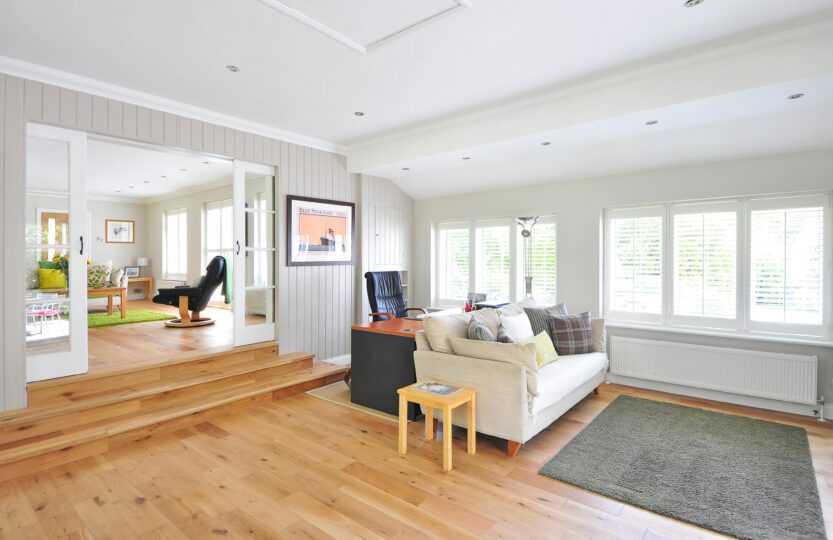The total value of the U.S. housing market climbed 5.3% last year to $47.5 trillion, rising by $2.4 trillion amid an ongoing shortage of homes, according to new data.
Redfin reported that a major factor in the nation’s increasing home values is the reluctance of homeowners to list their properties for sale. The so-called “lock in” effect stems from people who bought homes when interest rates were much lower than they are today, prompting many people to avoid selling and then having to buy a new home at a higher rate.
“America’s homeowners are sitting pretty. They’re holding a massive amount of housing wealth, despite lackluster demand from buyers, because home values skyrocketed during the pandemic and now a supply shortage is preventing those values from falling,” said Redfin Economics Research Lead Chen Zhao.
Although the U.S. still has a shortage of homes, total home value also rose due to a boost in home construction. The Redfin analysis noted about 32% of homes listed on the market in the fourth quarter of 2023 were new construction.
East Coast cities saw the biggest gains in home value last year, including Newark, New Jersey (12.8%), New Haven, Connecticut (11.9%) and Camden, New Jersey (10.8%). Midwest cities including Elgin, Illinois (10.4%), Grand Rapids, Michigan (9.8%) and Milwaukee, Wisconsin (9.7%) also saw some of the largest home value gains in the U.S.
In December, the average U.S. home was valued at $495,183, up from $474,740 the year before. The median existing-home price in December was $382,600 for all home types, which was an increase of 4.4% from $366,500 the previous December, according to data from the National Association of Realtors.
The U.S. continues to be heavily undersupplied with homes, according to another analysis from Realtor.com. Between 2012 and 2023, the gap between single-family home constructions and household formations grew to 7.2 million homes. Multifamily property construction during that period narrowed that gap to 2.5 million, but there remains a scarcity of affordable properties for households seeking homeownership.
Persistent high mortgage rates, driven by the Federal Reserve’s efforts to curb inflation, have cooled both home price inflation and buyer demand since they surged during the COVID-19 pandemic.
But despite the settling pace of home price growth, Reuters reported this week that the housing market for buyers and renters will continue to face built-in inflationary pressure as long as home construction fails to put a dent in the supply shortage.
“We have longer-run problems with the availability of housing,” Fed Chair Jerome Powell said during a January meeting of the central bank. “There hasn’t been enough housing built.”
Photo credit Pixabay/Pexels.com


